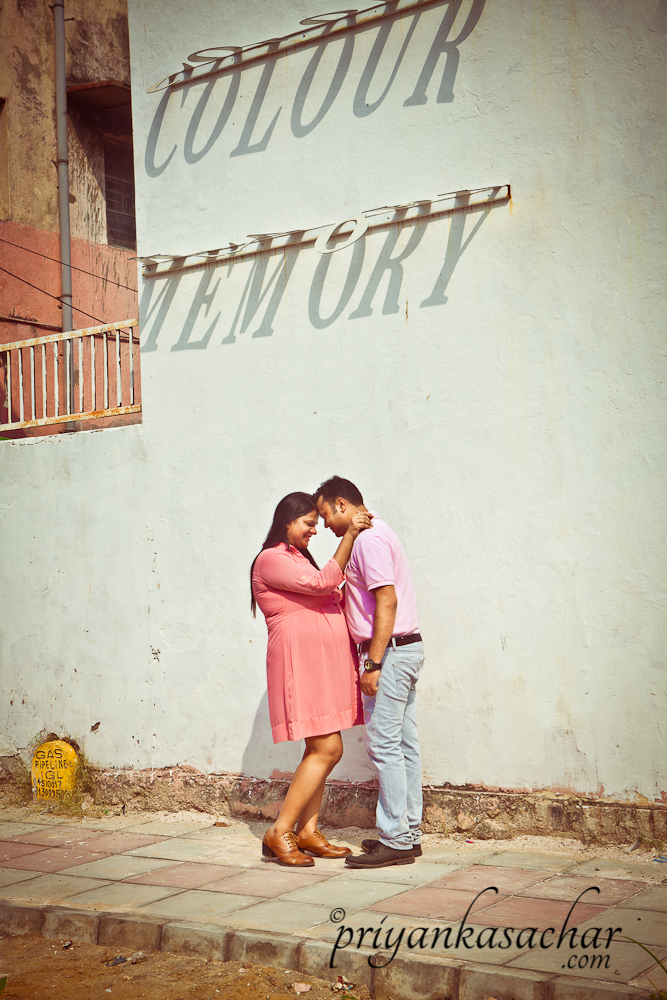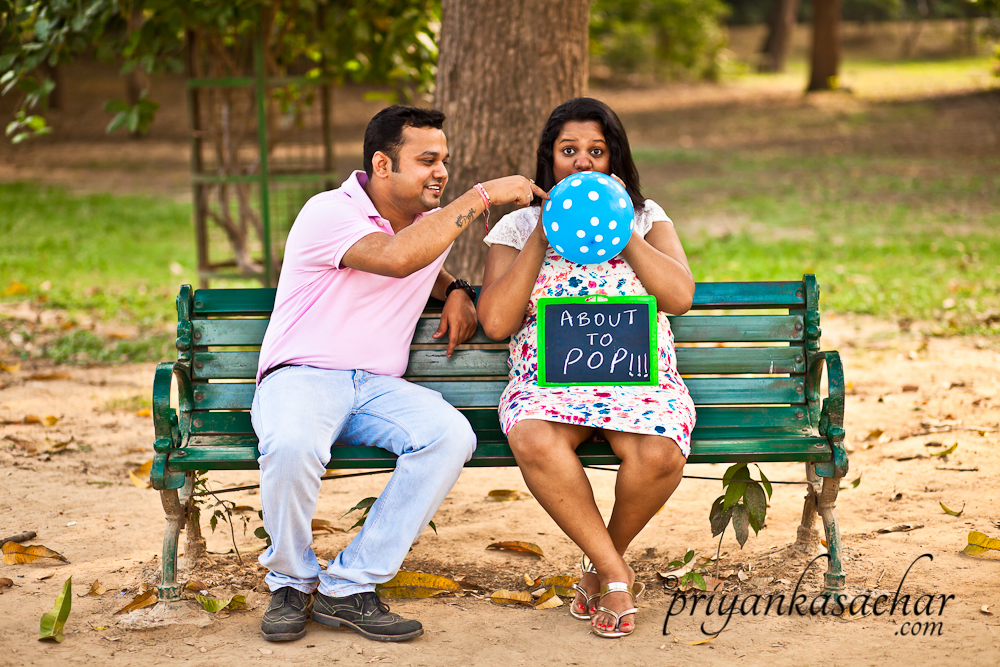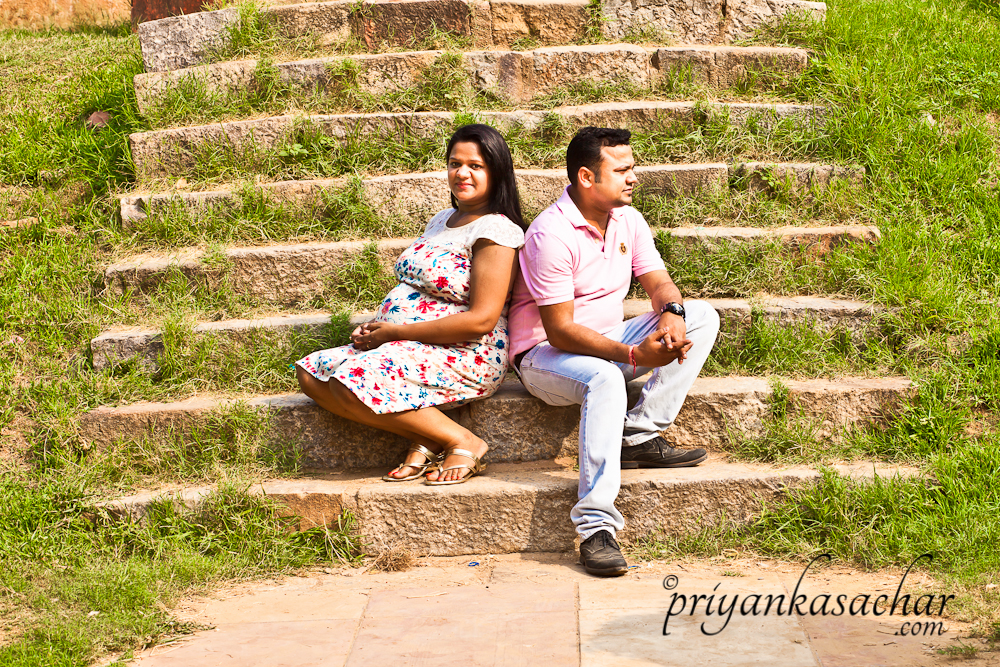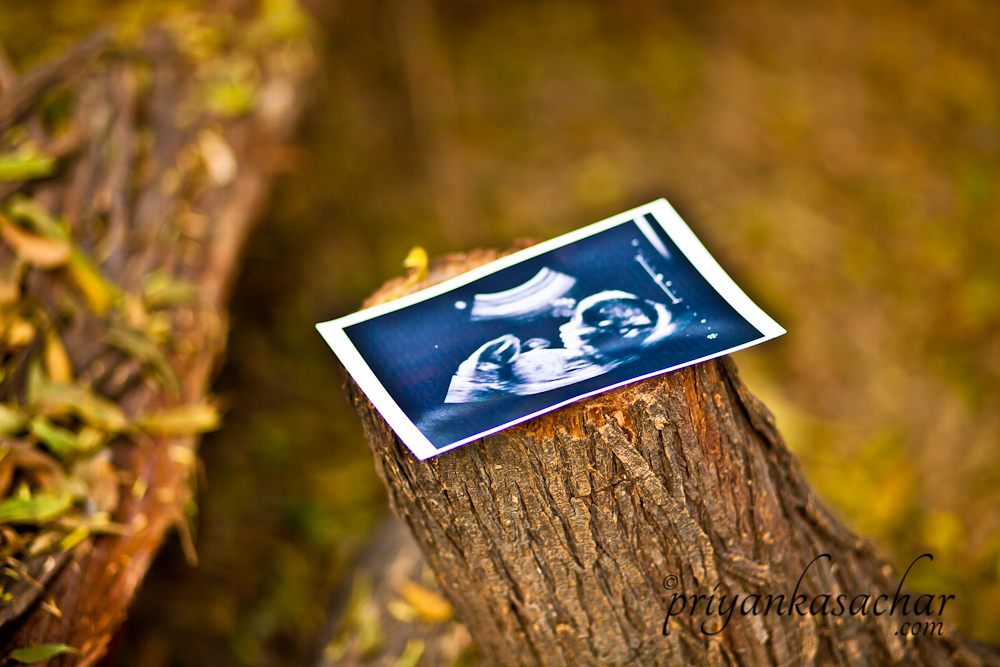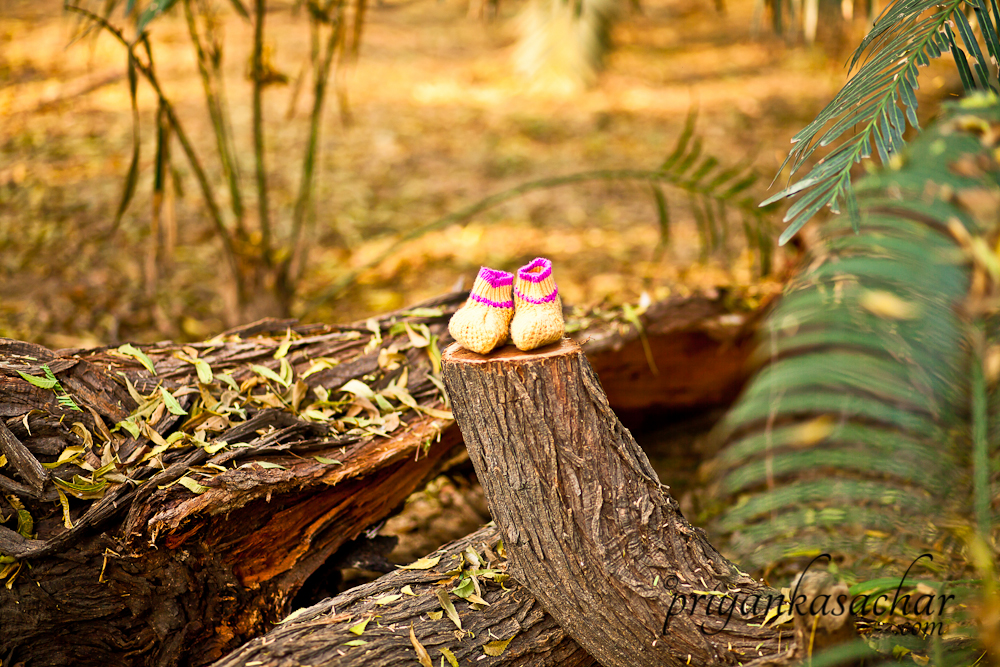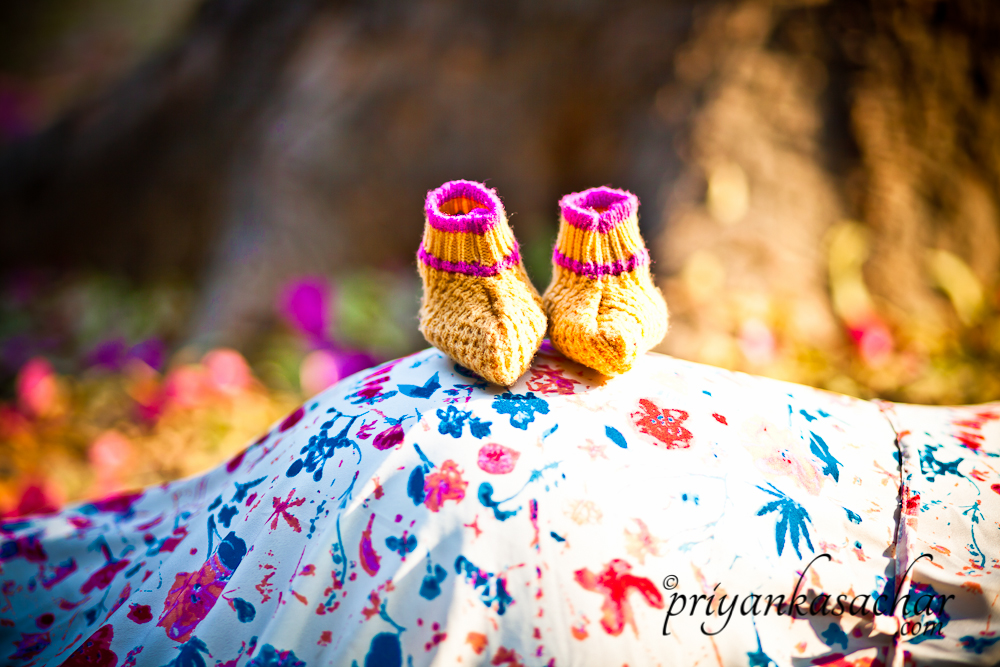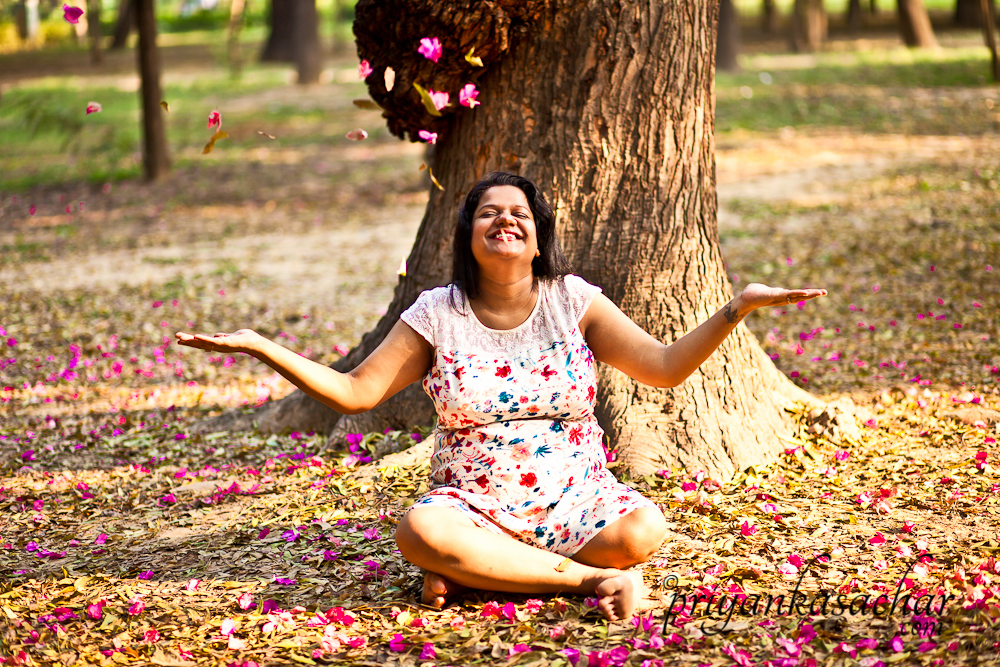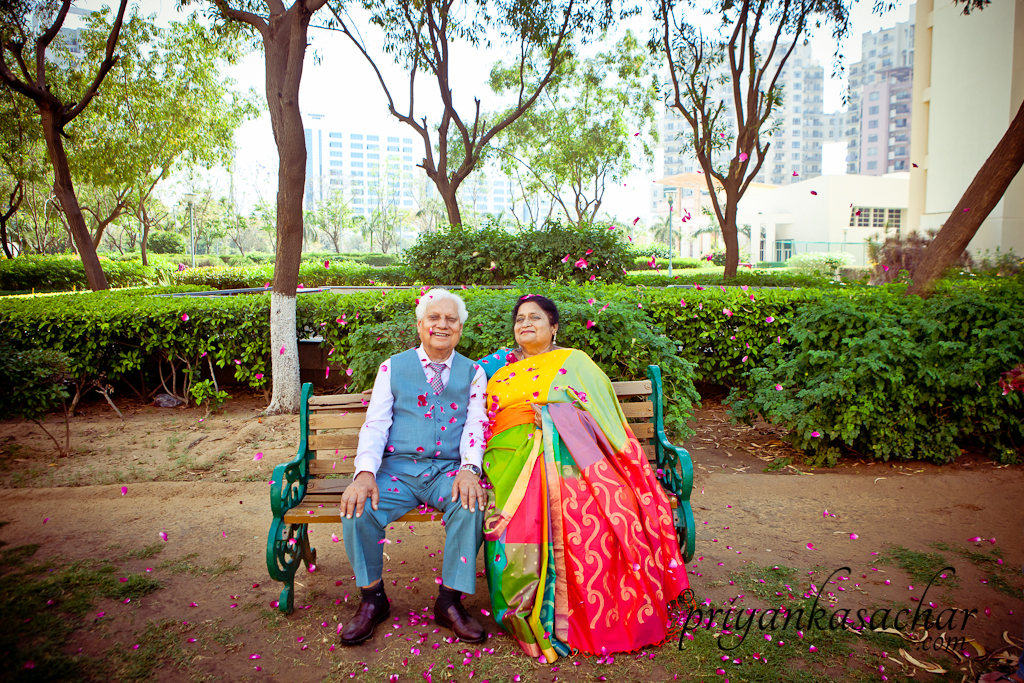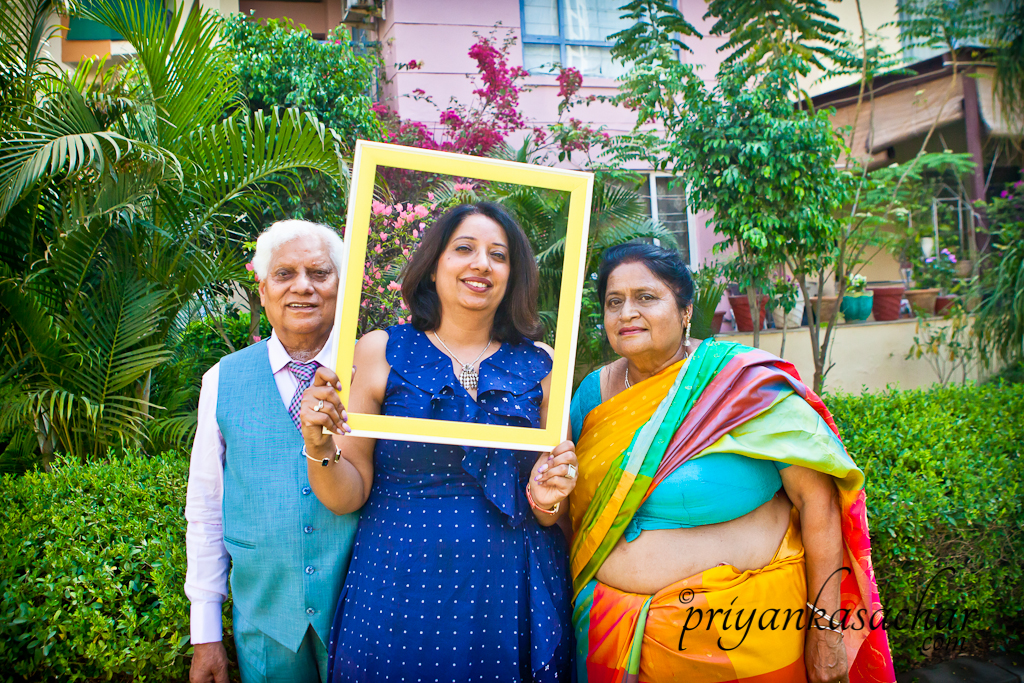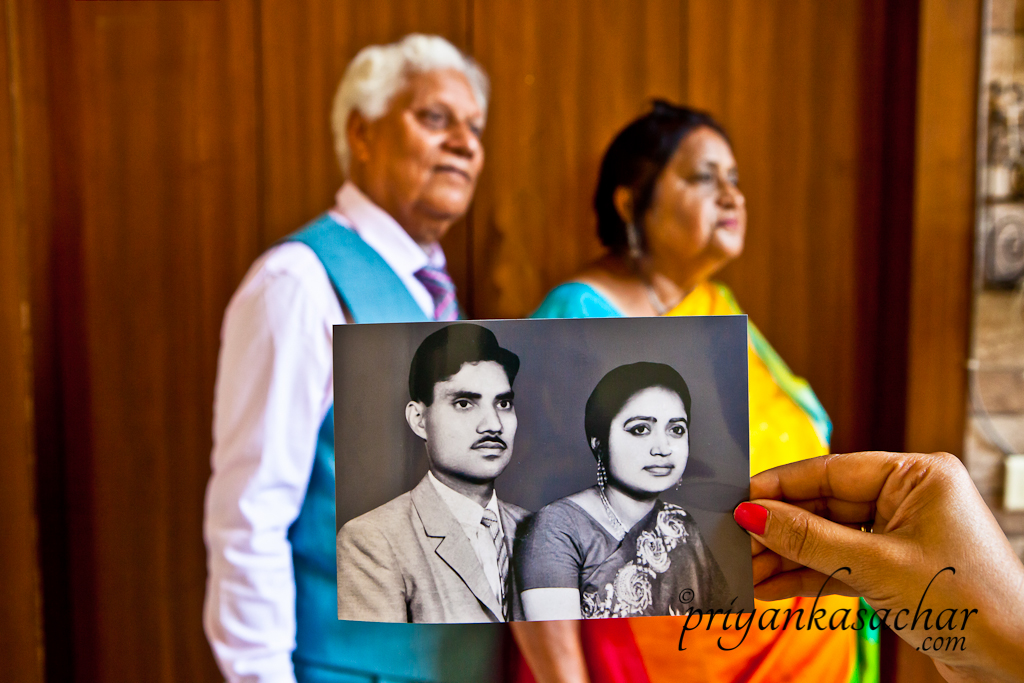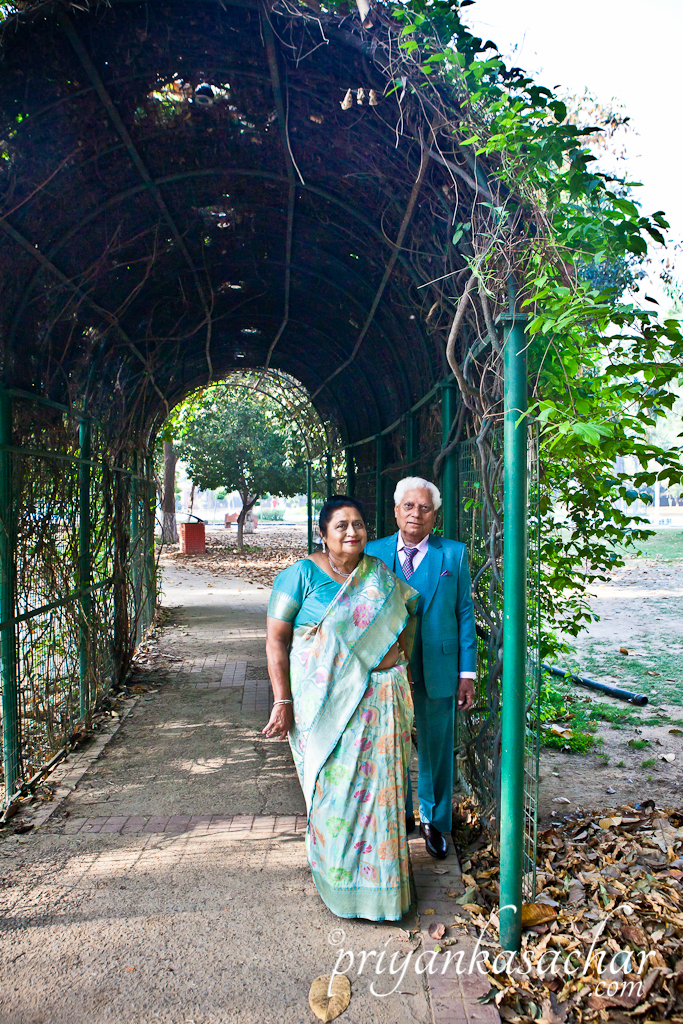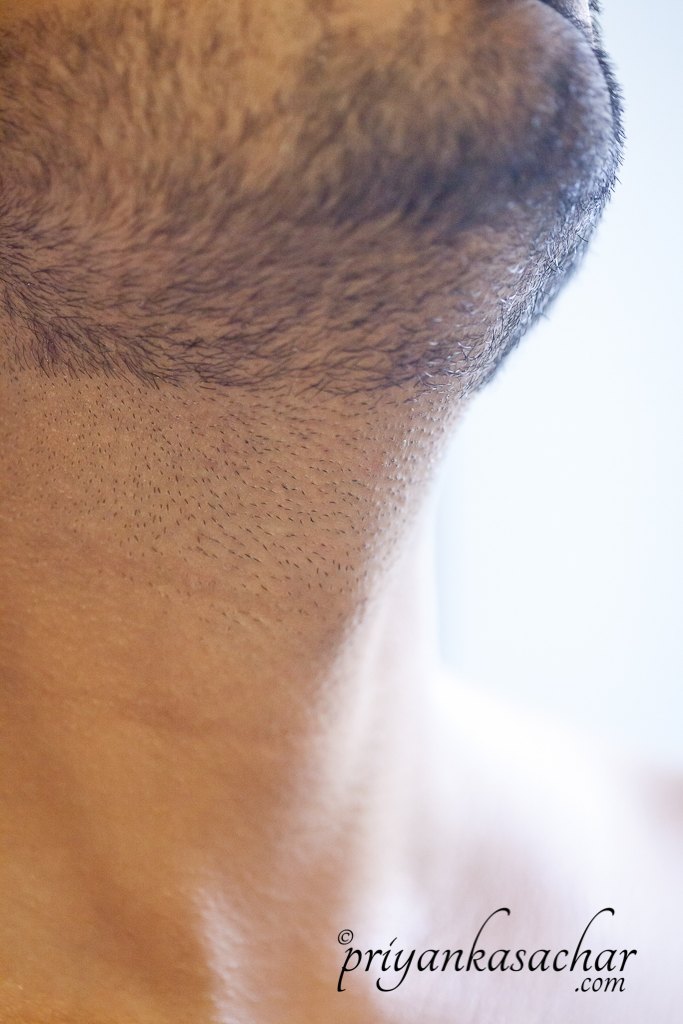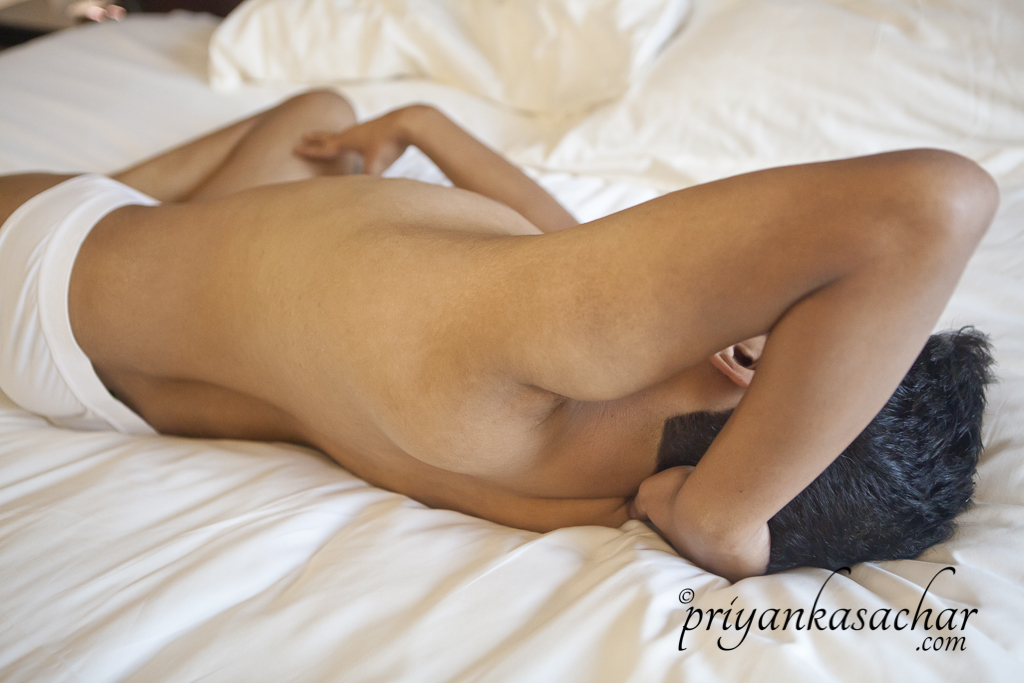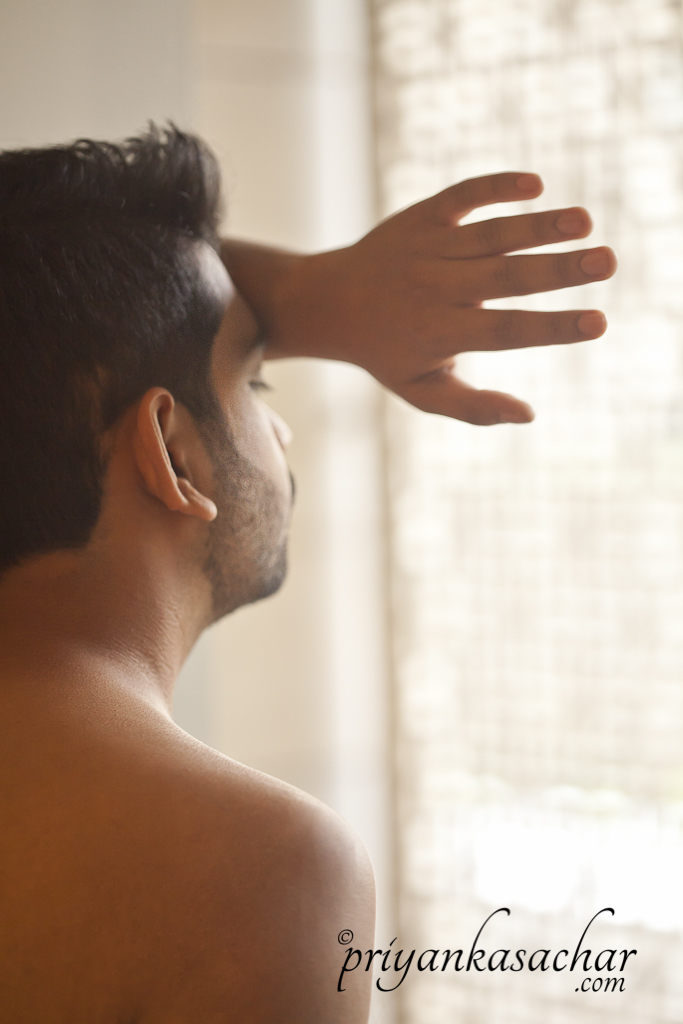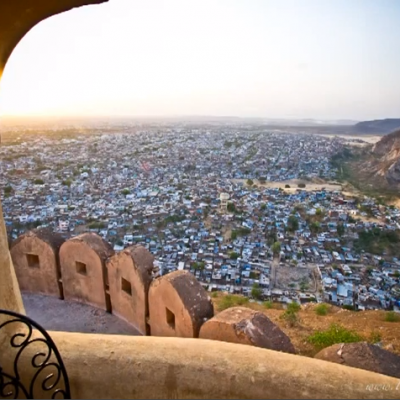Featured in the upcoming Time out issue!
- At August 28, 2012
- By admin
- In Events & News, Featured
 0
0
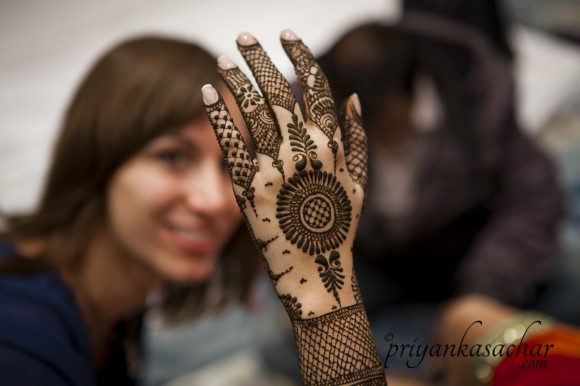
Yet another article on candid wedding photographers in India, but who’s complaining :). I got interviewed by the Time Out magazine about a month back and here’s the article below. Several of my colleagues have been interviewed here and we all got one “sound byte” it seems. Since the magazine is yet to hit the stands, it has not been uploaded on their site yet. However you can read the pdf’s here and here. A factual mistake in the article is that I left my 11.5 years of software industry experience behind when I started wedding photography and not 8 years as mentioned here.
The new photographers
Candid wedding photography is now the norm for that special day, says Akshita Nahar.
The traditional wedding album: a parade of pearly white smiles, uptight family portraits, and the odd, awkward couple shot. Your parents or grandparents may tell you they were bullied into these uncomfortable poses by the “studiowalas”. But, in recent years, wedding photography has taken a turn for the photojournalistic, with increasingly “natural” pictures, action shots and fly-onthe-wall images.
So what is exactly is candid wedding photography? The photographers who practise this genre will tell you that it’s a more realistic record of the wedding ceremony than stagey studio shots. Sephi Bergerson, an Israeli photographer living in India, said candid photography “is basically capturing the moment or documenting the wedding as it really was,” without interrupting the ceremony. Bergerson’s book, The Great Indian Wedding which will be out next year, captures traditions from Sikh, Hindu, Parsi, Buddhist and Christian weddings from regions as diverse as Bengal, Tamil Nadu, Hyderbad and Kashmir.
Bergerson comes from a documentary background, and his transition to wedding photography may not have been a quantum leap. But other candid photographers are bringing a fresh eye to the field from different professions: architect Richa Kashelkar, psychologist Shreya Sen, and computer science engineer Priyanka Sachar for example. Explained Sachar, who left her job of eight years, “[Wedding photography] allows me to travel to different places, see new cultures and capture the emotions and real scenarios that people experience – of happiness, sadness and relief.”
As outsiders, these photographers are able to capture weddings in less formal ways. “The problem with traditional wedding photographers,”said Sen, “is that they make clients pose in a manner which, apart from being outdated, does not feel natural. Clients want images that are true to their own personality and more fun than contrived. The younger generation, growing up in a ‘shoot and share’ world, are leaning more towards images that carry the story of their wedding day… and at the same time look cool, fun and a lot more relaxed.” And while the older generation might still insist on pictures of each and every handshake with the happy couple, most candid photographers recommend they hire a studio photographer for that sort of documentation.
At their engagement, Manita and Tanuj Kapoor had a bad experience with a studio photographer who made them “pose and hold the pose”, as Manita put it. So for their wedding, they hired candid photographer William Chang. “It’s a bit difficult to explain to [our parents] that we don’t want these [posed] kinds of photographs, because that’s what they’ve known,” said Manita. So as a compromise, the parents roped in a studio photographer as well.
Neal Karthik, a travel and lifestyle photographer who runs a “shadi” side business said “It’s all about time travel. When you look back at the photographs, 20 to 30 years later, you don’t want fake shots, or realise that someone has not captured an important [memory].” The cost of capturing a memory is fairly steep – from `50,000 per day. Kashelkar justified the cost: “You might wear expensive dresses, but no one will see your priceless expressions if the photographer doesn’t do his job well.”
The trend of candid wedding photography began in the West and has been around for at least a decade,but has caught on here in the last few years, accelerated by social media and the Internet. There, as here, candid photographers are also called upon to capture engagements, bridals shoots, even proposals. “These shoots show the whacky side of the couple,” said Anup Joseph Kattukaran (he goes by Anup J Kat, or “Kat” to friends). “The side which you rarely get to see at a wedding because everyone is all prim and proper.” Kat’s portfolios include anything from underwater kissing shots of a couple in all their wedding finery, to a bride’s gown cheekily flying up as she rides off with her husband on a bike.
Perhaps 22-year-old Priyam Malhotra’s pictures come closer to natural. Malhotra told us his age is an advantage – couples sometimes introduce him to their family as a friend rather than a photographer, to allow the candid camera an unrestricted view. “Sometimes the ladies are shy because I’m a guy, but considering my age, they see me as a kid and get comfortable,” Malhotra said. Some of his best pictures are of women applying make-up, pinning saris and giggling before the serious ceremony.
While these photographers claim to be making a break from posed photographs, the fact is that even “candid” wedding photography is susceptible to fakery. In a way, the “natural” aesthetic could be seen as a byproduct of the look and feel of reality TV. These shaadi shots also often play up the romantic side of weddings (as opposed to the solemn union of two families captured by studio photographs) – quite possibly a reflection of the changing nature of Indian marriages. Whatever the reason, though, candid wedding photography is catching on faster than you can say cheese.

